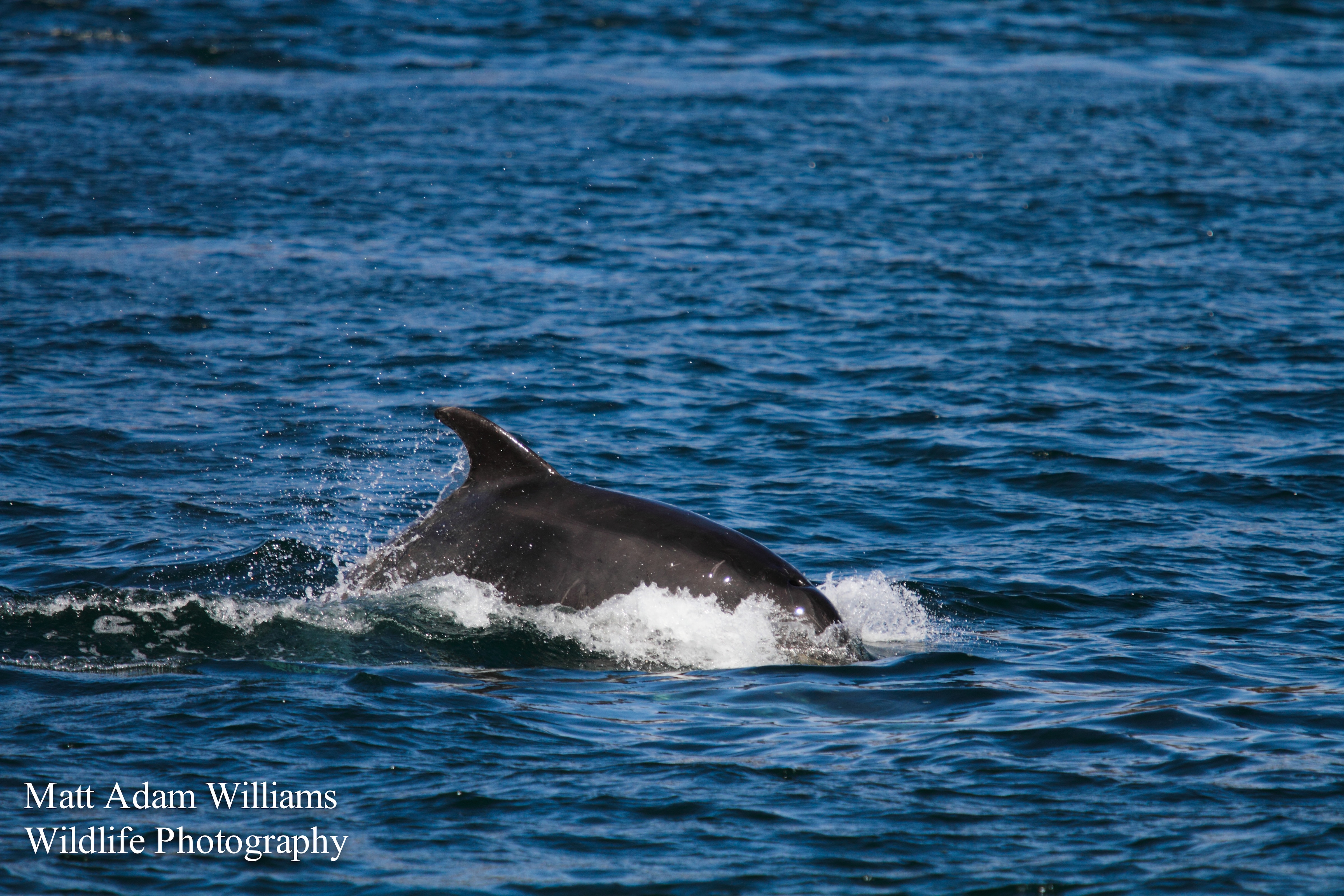After the State, we need a Vision
“there can be no real work for non-violent active change without tremendous creativity”, Vincent Harding, civil rights leader
Martin Luther King Jr, contemporary and colleague of Vincent Harding, had a dream, not a nightmare. He inspired people to take courageous and revolutionary action with a vision for the future. In my opinion, the nature conservation sector relies too heavily on two things: a pessimistic focus on the current decline in species and habitats and an overemphasis on statistics and facts about this loss and decline.
Don’t get me wrong, a thorough scientific understanding of the problems afflicting the natural world is crucial in helping us to protect it. As a conservationist, when I wake up in the mornings this understanding has helped me know who to go and lobby or how to go and effectively manage a reedbed.
However, when we’re communicating to people, I believe that there is an overemphasis on both data and statistics that are supposed to shock or scare people, and also on a focus on what we’ve lost. Alongside realism and science we also need more vision and passion.
People respond far more effectively to stories, values and positive visions of the future than they do to science, statistics which are hard to visualize and negative messages about loss.
What’s more, social attitudes surveys show that in the UK people care far more about universalism and benevolence (people in their community, the environment and distant people who need help) than we might expect. However, what we see in the media tends to make us think that other people are predominantly concerned with status, wealth, power and success. Motivating people to care about the environment because they value it, even love it, may be easier than we think.
While conservation NGOs very often speak about ‘meeting people where they are’ and feel they need to rely on people’s self-interest or their desire to save money or consume, appealing to these values may be a red herring that simply reinforces the behaviours that damage the natural world in the first place.
I’ve also written myself previously about how inspiring a love of nature at a young age is crucial to ensuring that people care about it and take action to protect it in later life. If we’re to save nature, the role of the under-30s is critical. Our generation will shortly inherit the state of nature that those in power have left to us. And if we don’t act, our generation will also be the most disconnected from nature in modern history.
So let’s use our collective talents to paint a positive vision of the natural world we want to inherit that encourages people to love nature for its intrinsic value and the connection they can feel for it.
There is no one with more legitimacy or responsibility to describe and depict the outlines of the kind of world we want to see in, say 2050, than young people like me and my peers.
Thankfully, my generation is extremely talented. My friends are skilled and adept photographers, filmmakers, artists and writers, the best people to collaborate on an inspiring vision of the future we want for the natural world.
Alongside the recent State of Nature report (documenting the catastrophic decline in many UK species over the past 50 years), why don’t young people get together to produce a Vision for Nature report for 2050, to outline the shape of the natural world we want to see four decades from now? This could be an invaluable tool in inspiring other young people to care about nature.
And this is perhaps the most important task on our hands. Sure, there’s a challenge in making nature and wildlife sound relevant to our friends. But it’s far easier for us, as other young people, to inspire our peers, than for older people to try to do it instead.
There are already some people out there painting great positive visions of nature and connecting with young people. By capturing remaining and increasingly scarce wildernesses, the pairs of young and experienced photographers of 2020Vision do an excellent job of painting a positive vision of the landscapes we need to nurture. And I reckon you’d be hard pressed to find a better example of making nature relevant to a young audience than rapper Sonny Green.
But ultimately, there is no white knight to come riding in and save us. The conservation NGOs are focused (often rightly as they do it well) on their day-to-day advocacy and practical conservation work. We – and by ‘we’ I mean young people who care about nature – need to be the heroes in this tale.
If we don’t inspire other young people, who might not currently see protecting nature as relevant to them, but who will be tomorrow’s citizens and decision-makers, then I would argue that nature’s prospects will be far worse in 40 years’ time than they are today.

